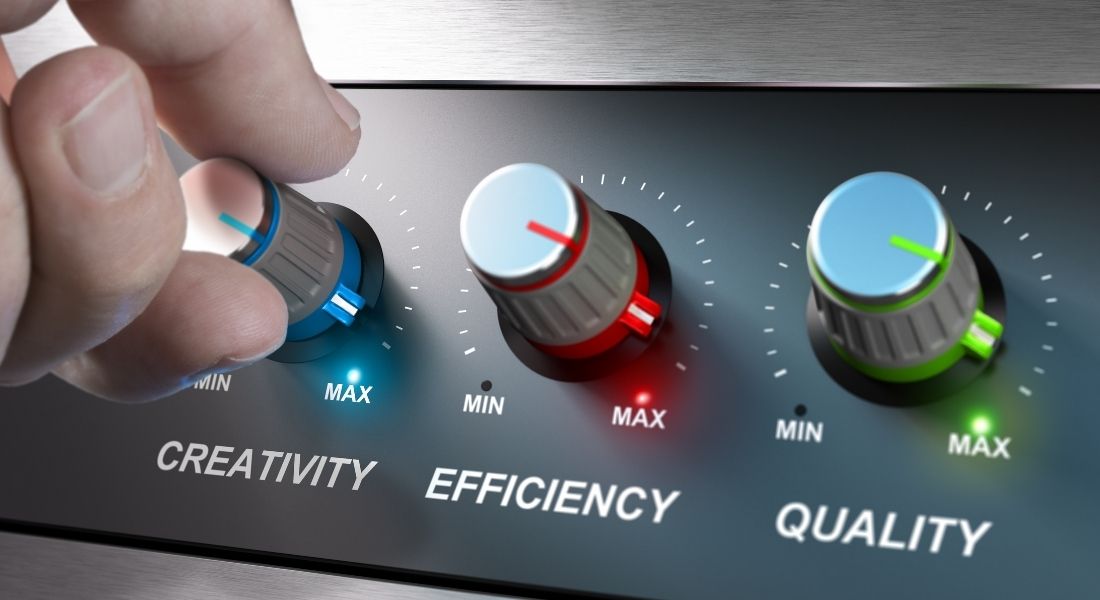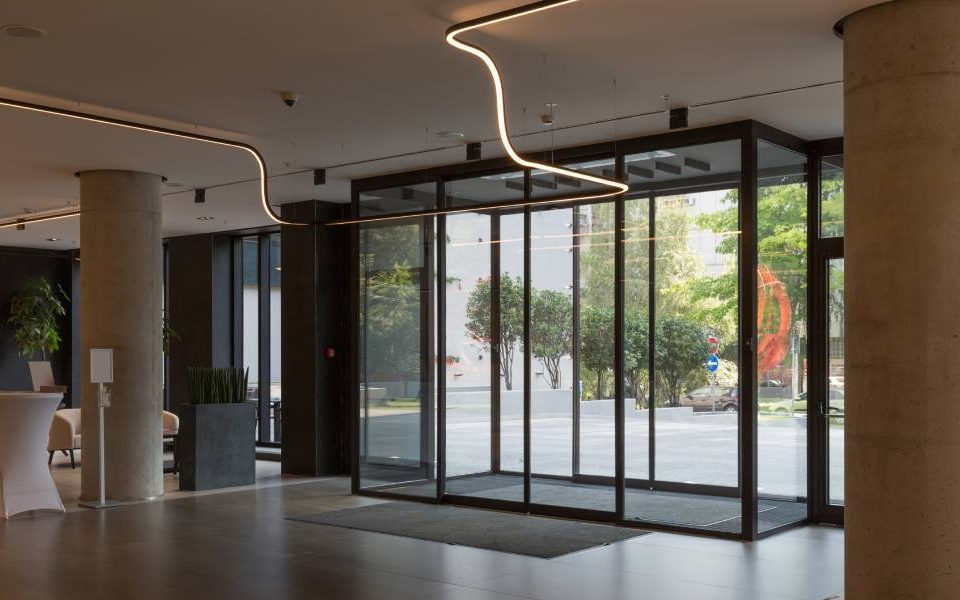The Role of Projection Mapping in Advertising
Advertising efforts are constantly evolving due to on-going developments in the technology sector. Projection mapping is one of the latest technologies to take the advertising space by storm, captivating all audiences.
What Is Projection Mapping?
Projection mapping is the art and science of using physical spaces and objects as the surface for a projection, instead of a conventional screen. 3D projection mapping uses three-dimensional objects such as buildings, cars, and other objects as the surface to project visuals on. During the preproduction process, images are fitted onto a 3D graphic model or surface. When these images are then projected onto the actual surface, they wrap over the physical features, appearing as if they are painted on or part of the structure itself.
How 3D Projection Mapping Is Used for Advertising
The role of projection mapping in advertising is to create unique, eye-catching, and interactive campaigns that the target audience can engage with through visual aesthetics.
For example, if you were to advertise your new product line at a convention center, instead of using a boring old banner and photos of your product at your booth, you could use 3D projection mapping for events to set yourself apart from the others. An automaker may not be able to bring multiple models of their new cars into an event, but they can use car shaped models with 3D projection mapping so visitors can visualize what a certain model would look like.
3D projection mapping can also be used to replace everyday advertising efforts such as billboards and other outdoor campaigns. Unlike a flat, non-interactive billboard, 3D projection mapping utilizes the shapes and textures on the side of a building to draw passersby in, rather than blend in with traditional efforts.
The role of projection mapping in advertising is to stop crowds in their tracks with unique, creative, and bold graphics that are unlike anything seen in traditional advertising.




